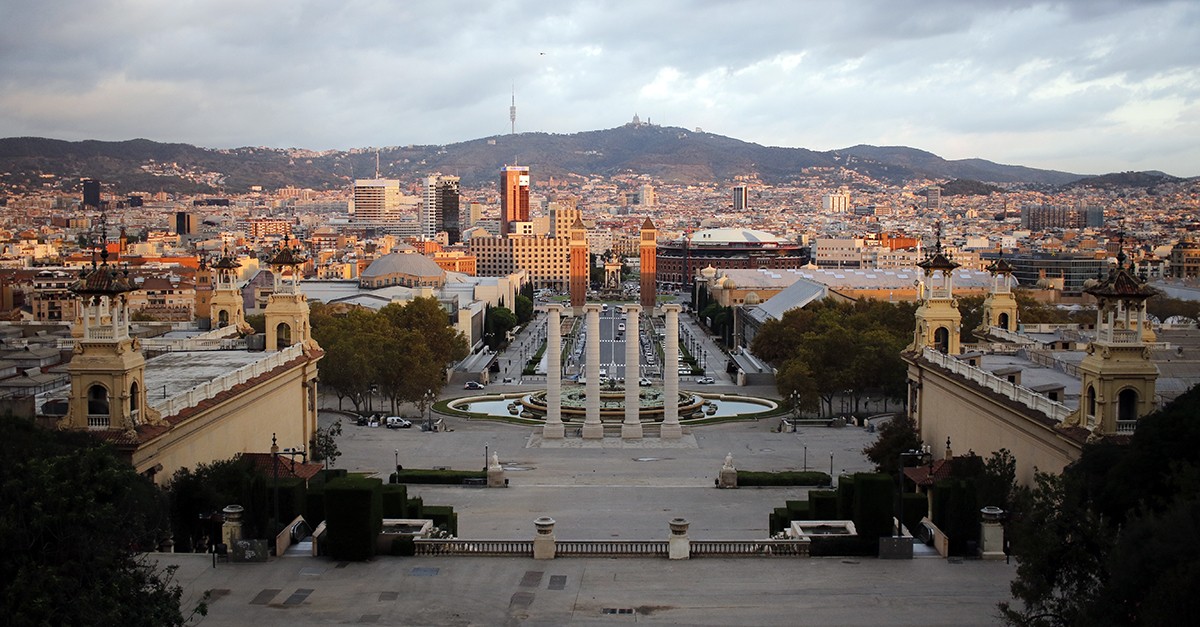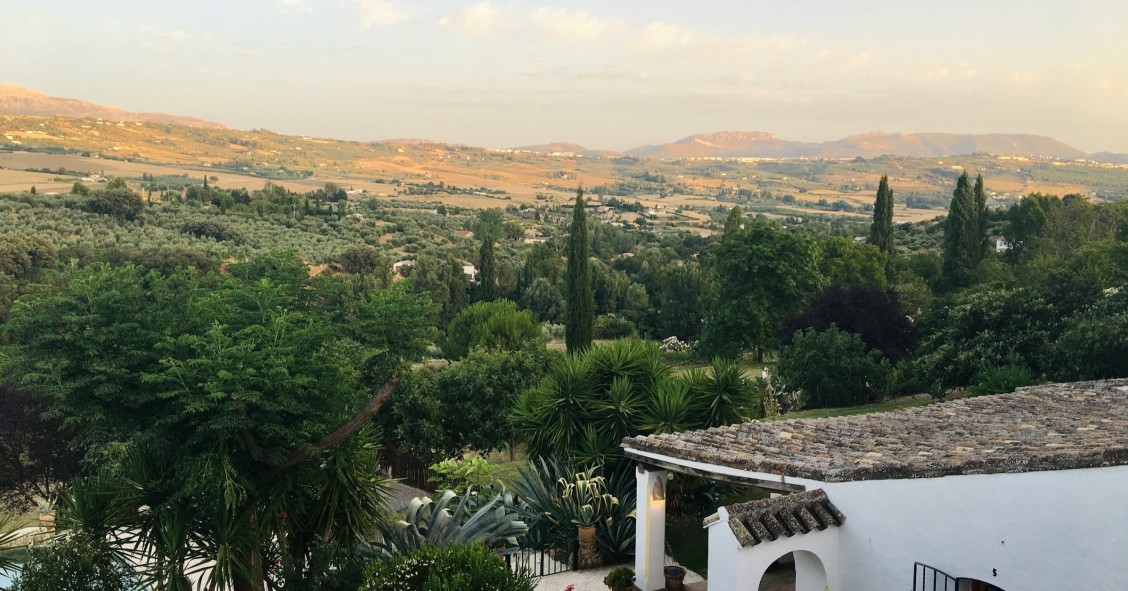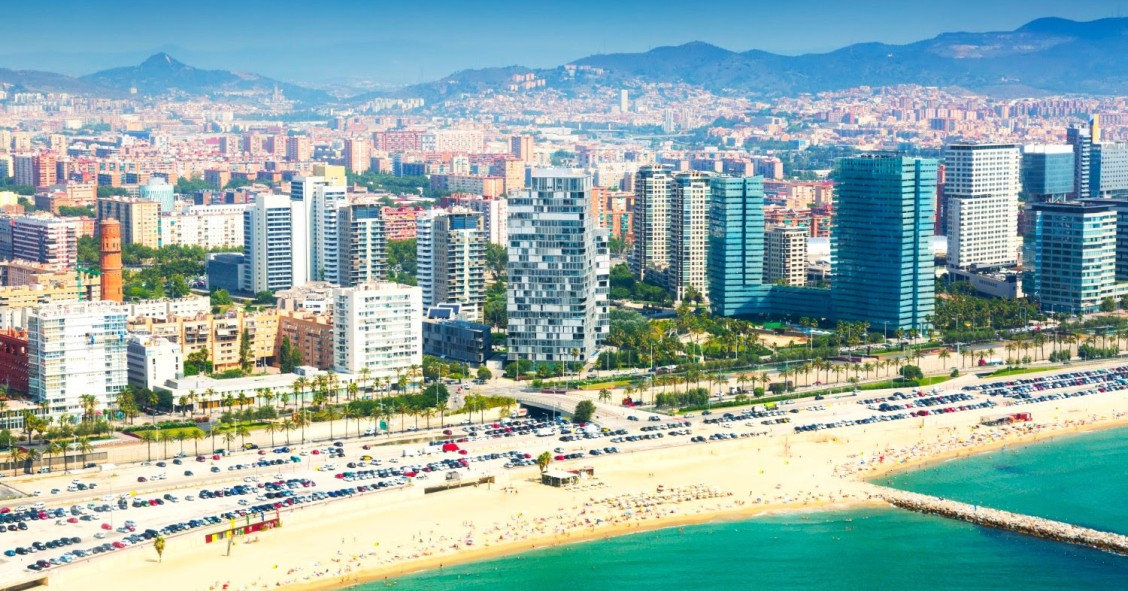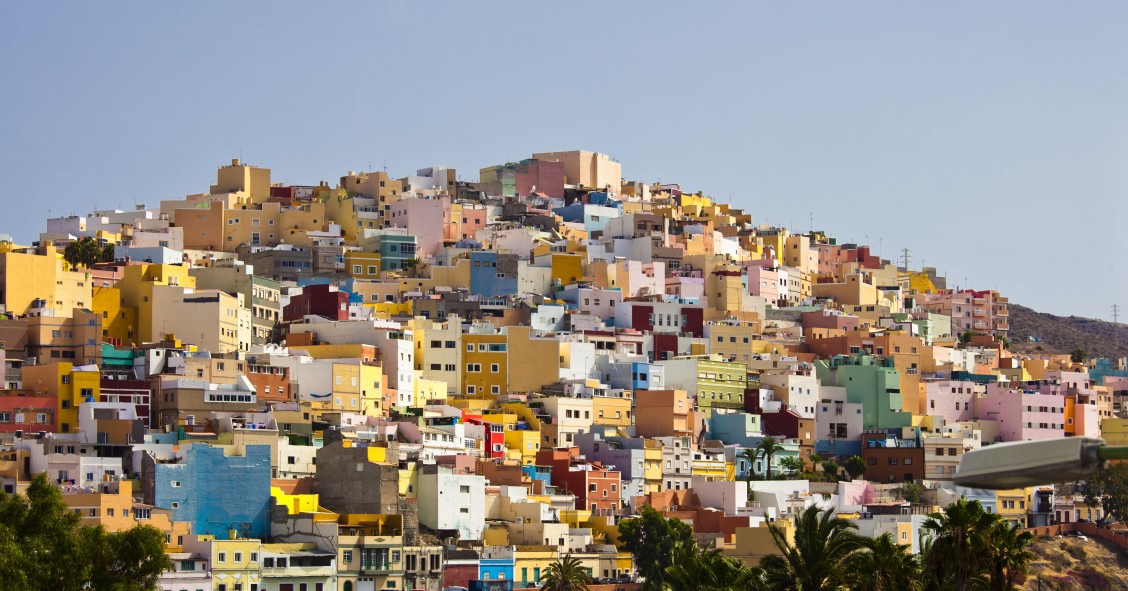
The price of second-hand homes in Madrid and Barcelona rose sharply in the first quarter of the year: as much as a 21.3% year-on-year average rise in the Spanish capital and 5.1% in Barcelona. According to the idealista price index for used properties, the districts of Sarrià-Sant Gervasi, Les Corts and Eixample in Barcelona, and the districts of Salamanca and Chamberí in Madrid passed the 5,000 euro/m2 or 464 euro/sq ft mark, making them some of the most expensive neighbourhoods in Spain.
While the price per square metre or square foot of second-hand property for sale on idealista, Spain's leading real estate marketplace, reached a national average of 1,621 euros/m2 or 150 euro/sq ft during the first quarter of 2018, the two large Spanish capitals once again demonstrated that they have their own particular market, with several districts heading up the ranking of sale prices of the country between January and March, and always among the highest national prices.
The select ‘5 over 5,000’ group
Madrid led in terms of increases between the two Spanish capitals during the start of the year, with a 7.8% quarter-on-quarter increase, reaching an average of 3,540 euro/m2 or 329 euro/sq ft, an increase of up to 21.3% if we look at the prices for the same period in 2017.
However, Barcelona is the most expensive Spanish capital (4,334 euro/m2 or 402 euro/sq ft), followed by San Sebastian (4,144 euro/m2 or 385 euro/sq ft), Madrid (3,540 euro/m2 or 329 euro/sq ft) and Bilbao (2,863 euro/m2 or 266 euro/sq ft). At the other end of the scale, we find Ávila, the cheapest capital in the country, with a price of 954 euro/m2 or 88 euro/sq ft.
If we zoom in on the map of Barcelona and Madrid we find five districts, three in Barcelona and two in the capital, which broke the barrier of 5,000 euro/m2 or 464 euro/sq ft during the first quarter of the year.
These highest prices were recorded in the district of Salamanca in Madrid, with 5,675 euro/m2 or 527 euro/sq ft and the district of Sarrià-Sant Gervasi in Barcelona (5,231 euro/m2 or 486 euro/sq ft), dizzying figures. In fact, the area in the Spanish capital is setting a new historical high, surpassing the last two quarters, which had already exceeded the figures given during the real estate boom in this charismatic district of Madrid.
For its part, Sarrià-Sant Gervasi had a strong start to 2018, reaching its best figure since it hit lows in the economic crisis of the second quarter of 2013 (with 3,617 euro/m2 or 336 euro/sq ft), a recovery of 44.8% in five years, and a net difference of around 1,600 euro/m2 or 149 euro/sq ft. The Catalan district still holds the historic record of having set the maximum price reached in an area of Spain, with 5,842 euro/m2 or 509 euro/sq ft in the third quarter of 2007, in the middle of the property bubble.
These two districts are followed by Les Corts (5,096 euro/m2 or 473 euro/sq ft) and Eixample (5,053 euro/m2 or 469 euro/sq ft) and joined for the first time in this ‘5,000 club' by the Madrid district of Chamberí with this exact figure (5,000 euro/m2 or 464 euro/sq ft) to also mark its maximum price of the entire historical series. Only the Chamartín district reached this high figure in the third quarter of 2008 (5,026 euro/m2 or 467 euro/sq ft), when the housing bubble still hadn’t burst.
The rest of the districts are growing too
The 21 districts of Madrid have increased their prices in the last three months. The highest increases were in Retiro (9.4% quarter-on-quarter), followed by Tetuán (8.3%) and Chamartín (7.5%). Also with increases above 6% are the districts of Puente de Vallecas (7.1%), Vicálvaro (6.9%) and Hortaleza (6.7%).
The figures are in double digits when compared to the first quarter of 2017. Centro (21.7%), Retiro (21.2%) and Puente de Vallecas (20.3%) are the ones that have grown the most in the last year.
In contrast to these expensive districts are the more economical prices of Villaverde (1,523 euro/m2 or 141 euro/sq ft), Puente de Vallecas, and Usera (both 1,695 euro/m2 or 157 euro/sq ft). Despite these more affordable prices, these areas have also risen in the face of the worst of the crisis. Usera has increased its prices by 16.5% year-on-year and Villaverde up to 9%. If we look at prices from 2013 or 2014, the average rise is 31.4%, with up to 57% in Centro or 19.2% in Barajas.
In Barcelona, meanwhile, all the districts increased their prices over the winter, except in Ciutat Vella and Les Corts, which have seen their prices fall (-2.1% quarter-on-quarter in both cases). The highest increase was recorded in Gràcia, with an increase of 5.3%, followed by Sants Montjuïc (4.9%), Sant Andreu (4.8%) and Horta Guinardó (4.3%).
If we look at the numbers compared to the first quarter of 2017, Les Corts falls 1.5% together with -2.6% in Sant Martí. On the positive side, we can see the double-digit increases in Sant Andreu (26.7%), Sants-Montjuïc (19.7%) and Nou Barris (19.1%), the only district in the capital below three thousand euro per square metre or 279 euro per square foot.
Together with Nou Barris, these are the 'affordable' districts of Barcelona: Sant Andreu (3,014 euro/m2 or 280 euro/sq ft) and Horta Guinardò (3,079 euro/m2 or 286 euro/sq ft). The former had the highest increase in the last year, while the latter reached 18.9%.






